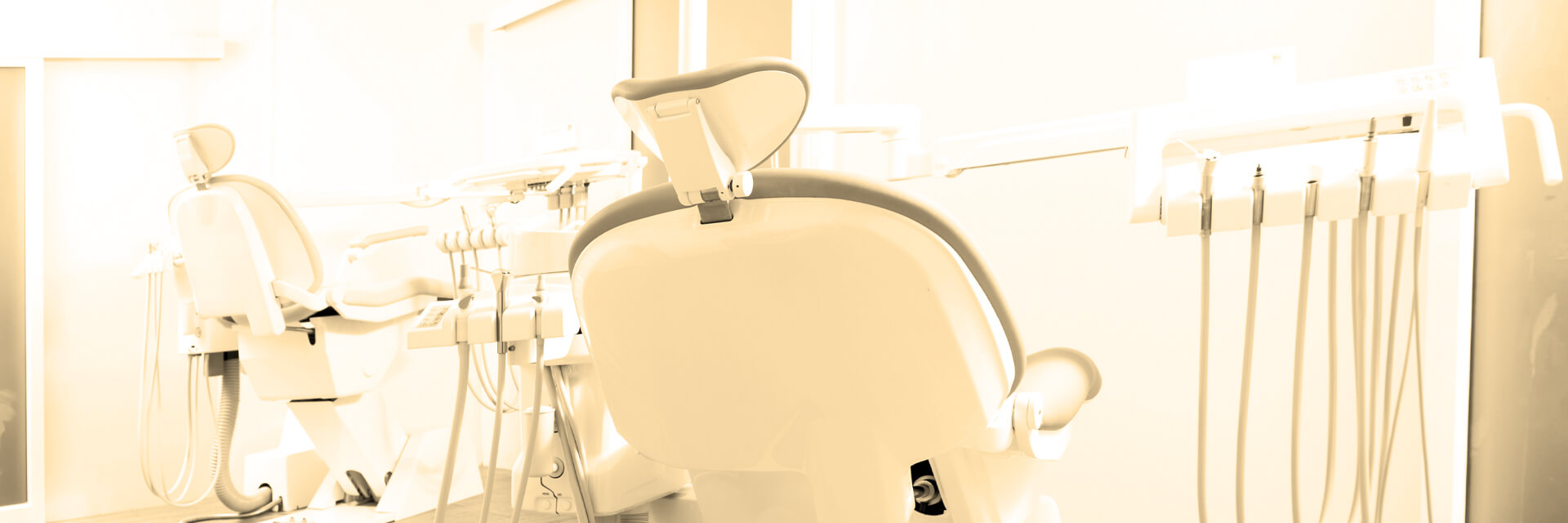
Proper Dental Practice Succession Planning Begins Early
- Published
- Mar 8, 2021
- By
- Erick Cutler
- Topics
- Share
If you own a dental practice, you’ve undoubtedly put your heart and soul into making it what it is today. You care deeply about delivering top-quality care for your patients and providing a healthy, welcoming, secure, and prosperous environment for your colleagues and employees. But what about you? Do you have a vision for what your life will be after you retire—and have you begun to plan for your eventual succession?
Chances are, you’ve created considerable equity in your dental practice through the years; a well-conceived and executed succession plan can help you cash in on that equity. It’s also important for partners, employees, and patients. Managing a seamless succession will help ensure that patients receive quality, uninterrupted care in the years after your exit. It also helps ensure viable employment for office staff, as well as a healthy and profitable practice for partners.
Even if you consider yourself years away from retirement, it’s wise to begin your dental practice succession plan journey now. Doing so helps to ensure that you’ll have a thorough, well-conceived succession plan that meets your needs and those of your loved ones.
Where to Start?
You’re busy serving patients and tending to the daily responsibilities of your dental practice; it’s certainly understandable how long-term succession planning doesn’t take center-stage. Likewise, the thought of addressing potentially complex tax and legal issues may not be especially enticing, either. Yet, succession planning doesn’t need to be difficult or complex, provided you have a plan going in, leverage the experience and expertise of qualified professionals, and ask the right questions up front.
Essentially, dental succession plans are based on one of four scenarios:
- Sell your practice to a dental professional or professionals in your practice. This option also could include a sale to practice-wide professionals and employees (e.g., an employee stock ownership plan (ESOP))
- Sell to a corporate entity
- Sell to an unrelated party
- Terminate the practice and liquidate your assets
Which option is best for you? That depends on multiple factors. Each option carries with it unique challenges and issues. In nearly all cases, the structure of a dental practice succession plan depends on the type of practice in question. For example, if you’re in a group practice, you’ll need to create a buyout agreement with your partners to determine compensation and formalize other issues. If you’re a solo practitioner, you may need to identify a buyer or merger partner—or liquidate it as we stated earlier.
To begin visualizing your options with greater clarity, ask yourself some fundamental questions, including:
- What are your plans after you leave your practice?
- Have you established a baseline amount of money you’ll need to exit on your terms, live the life you desire and pursue your post-retirement passions and dreams?
- What impact will retirement have on your other assets, including your estate plan, and your family members?
- Do you envision the practice remaining viable after you leave—and if so, how?
Planning and Execution are Key
Owners of dental practices who understand the range of potential succession options available to them, develop a structured succession plan (and follow through on it) and utilize experienced and committed advisors to help them on their journey are best equipped to realize success.Our dental accounting professionals can help guide you through the process and lead you toward a successful outcome.
What's on Your Mind?
Start a conversation with Erick
Receive the latest business insights, analysis, and perspectives from EisnerAmper professionals.









